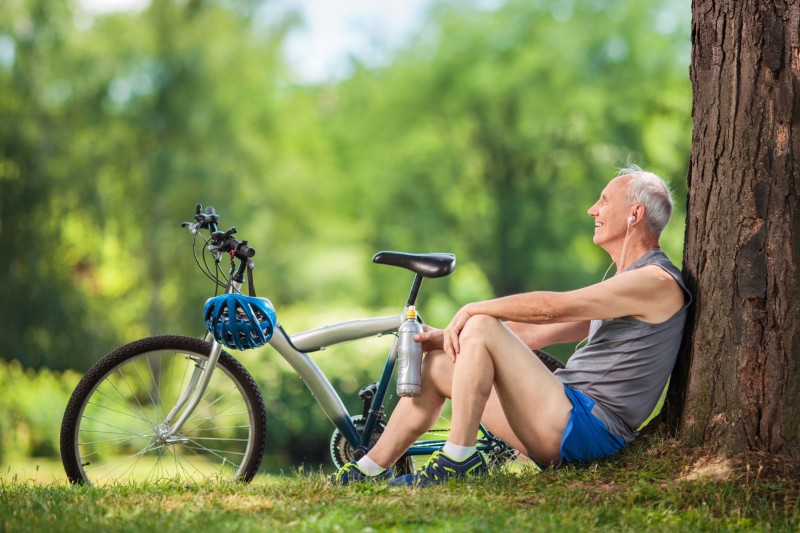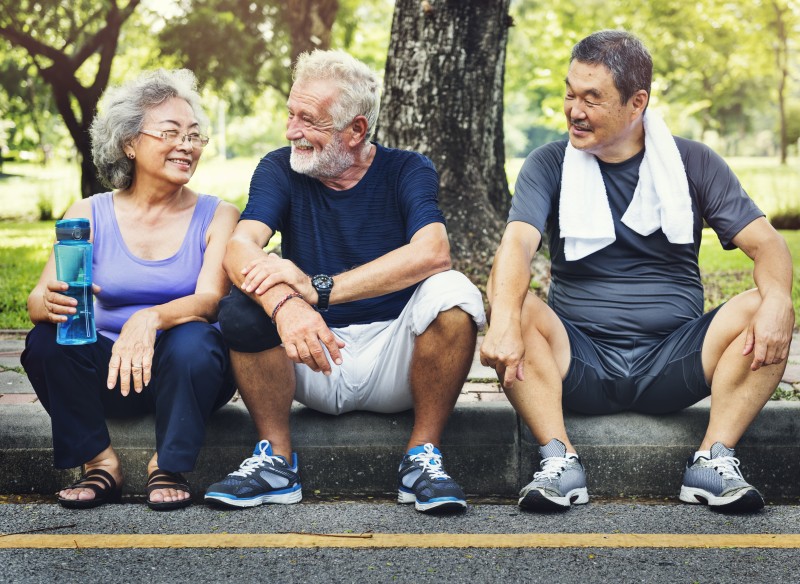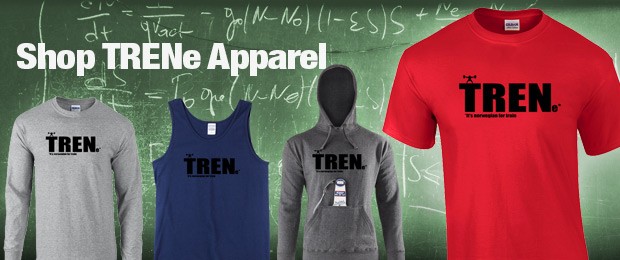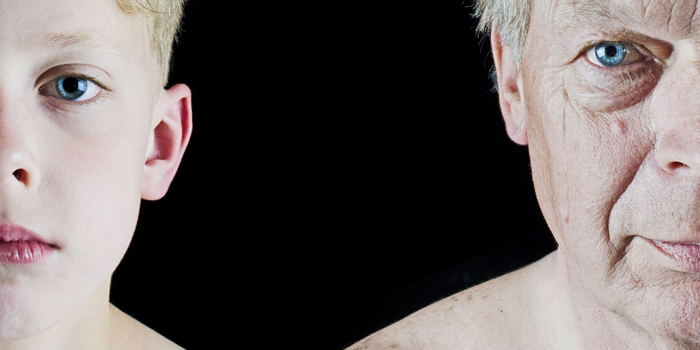
Years ago my friend Bruno Reis, a brilliant political scientist, suggested that I elaborated a program for them — them, my peers, the people with whom I spent decades 24/7 with. Those who are commonly known as “intellectuals." There are many definitions of what an intellectual is (Sowell 1980, Bourdieu 1989), but for our purposes here, I will adopt a lato sensu definition that includes all those who engage in the critical thinking of society.
Technically, those intellectuals that are institutionally associated with academia belong, with all other faculty members and researchers, to a broader category of “intellectual production” workers. That includes hard scientists as well as biological and health scientists. We always hope that all these people are able to engage in critical thinking of society, but that’s not always the case.
Unfortunately, that creates a cleft between those who think they can think nature without society and those who think they can think society without nature. This has been referred to since the late 1950’s (Snow 1959, Latour 2012) as “the two cultures.”
RECENT: Muffled Pain — Athletes, The Opioid Epidemic, and Painkiller Paranoia
Much has been said, researched, and written about the necessity to bridge this gap between the two cultures, and even that it doesn’t exist.
But it does; unfortunately more now than ever, with the invasion of humanities and social science departments by scholars equipped with less than strict methods and a lot of ideology, and a resentful but shy reaction by the stricter scientists. That makes a conversation that was never easy even more difficult: how to talk about the body—our bodies, their bodies—in ways that won’t immediately elicit an ideological defensive reaction. For those on the “soft” and ideologized corner, rejecting “biologicism”, and from those on the strict-method corner, in fear of gibberish?
Let me try. One day, about 15 years ago, Bruno told me that people in the social sciences departments were weary of me because I’m very well educated in their traditions, but I have a “stain” on my CV: a strong background in the hard and biological sciences. For some, that would mean the ability to actually perform interdisciplinarity and bridge the proverbial gap. For others, unfortunately, it signals “lack of intellectual loyalty." I was not a “born philosopher” or a “born political scientist.” I’d been around a lot. Maybe today, where giving me a position to teach students about theories of the modern state is no longer an issue, this multiple background and my long walks through different intellectual landscapes becomes an asset once again.
Let me talk to you. And let me start with something you will not like at all: there isn’t enough data about your health and lifestyle habits. You have been so busy surveying the health of others, the great questions concerning death, that you forgot to think about yourselves as a “special group.” That leaves me unassisted by systematic data, left only with anecdotal evidence and my poor quality memory.
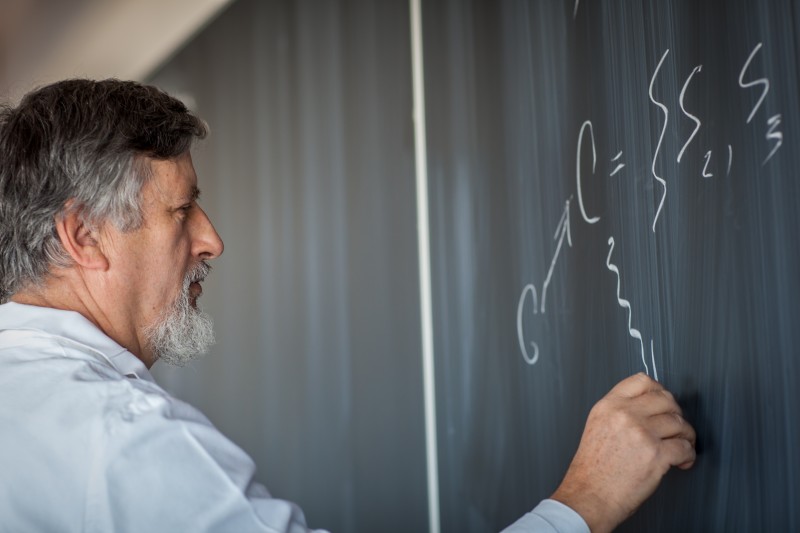
I will start by telling you that not all intellectuals are body-alienated. Most won’t give a health researcher the time of day, since they can be competent in their study on glute activation or lower back pain, but are not equipped to engage an intellectual on a decent conversation about the social context of all that. Left to their own resources, the intellectuals that figure they need to do “something about it” frequently choose Pilates, yoga, or some other body practice that has at least some discourse about mind, body, and everything else. They also are partial to swimming. Why? Just because it feels so good.
I will try to address all of these choices in the context of the benefits they can provide to you and I promise I won’t try to convince you to drop the things you love.
As I always say, leisurely walks beat inactivity, and dancing beats leisurely walks. Anything beats nothing in terms of the larger goal of promoting an internal conversation inside you that integrates back, into your self-representation, parts that were long forgotten. After all, there’s a lot more in all of us besides our discursive expressive parts (eyes, mouth, brain, ears), our typing hands, and our sexual organs.
Who are you?
You are the thousands of people who, along thousands of years, have created what we know as civilization. More than that, you have produced its representation and the way we can think about it and potentially solve its problems. This article is for you: statistician, philosopher, political analyst, software designer, biochemist, sociologist, anthropologist, painter, graphic artist, journalist, writer, pianist, and astrophysicist.
That’s cute, but doesn’t help much. Who are “you?" That’s a good question because I don’t think “you” are a single, homogeneous “you.” Let’s start with broad strokes:
- Intellectuals (college professors, writers, artists, etc.)
- Haven’t been particularly (or not at all) active for decades
- Over 40 years of age (Some died really old: Carl Jung at 85, John Nash at 86, Claude Levi-Strauss at 100. Others, unfortunately, died very young)
- Have reached a conclusion that they want to engage in something “physical,” but have little idea of the options they have or what would be “good for them."
The first thing is to understand that not all of you are in the same category and there is no one magic bullet that will help everyone. In fact, given the importance of subjectivity and emotional factors in your physical existence and movement in the world, each of you will need to find your own way. But wait! I can still help.
We need to start assessing these variables:
- Age group and sex
- Level of activity now
- Previous training experience
- Body fat percentage
Additionally, the following items are addressed in part two of this article:
- Muscularity
- Injuries
- Bone density (women, but guys too)
- Rejections and enjoyment in activity
- Available time
- Available facilities and training equipment
- Other lifestyle habits
If we had two variables, we could design a table where you could easily place yourself and make a choice. But this is a 10 or more dimension matrix. I need a complex algorithm and, more, I need to fill it with the proper decision paths. Right now, they are individual choices I make to offer alternatives for individual people. I’m honestly not sure how the multiple dimension algorithm would solve some unpredicted issues that could come up. So maybe if you just understand how each of these variables affects your choice, it can help me to help you and we can start to make progress.
Image courtesy of ljupco © 123RF.com
Age Group and Sex
Before talking about age group, let’s talk about age. Although Jung, Nash and Levi-Strauss died very old, longevity is not a high point in the intellectuals’ bio. Chinese scholars are actually concerned, having found out that the average life span of the Chinese intellectual is 10 years shorter than the general population. Yes, there are special aggravating circumstances that make the Chinese situation worse: the researchers, journalists, and professors in their 50s today endured years of hardship and poverty in their childhood, but investigators insist the main cause is overwork and stress (Zhou 2004).
The age group makes a difference in many respects, not only the mere chronological one. There is a lot about attitude that changed along the years. My generation and the previous one considered glamorous some pretty hazardous habits and even wore them as a badge of honor. We were smart; we would change the world and then die young. And not only in the humanities and social sciences: I was a lab scientist at 20 and I volunteered to be responsible for the radioactive material. Why? Because I didn’t care if that could harm me or not. There was a female biochemist in the department who died under mysterious circumstances at 50 something, whose hands were so highly contaminated that she couldn’t handle the autoradiographs herself. Her fingerprints showed when the gel was revealed. I remember thinking this was badass. And I was 100% sure I would not reproduce: this was for normals. I was wrong. I did reproduce. And I was very concerned during my pregnancy as to whether reckless radioactive exposure would cause any harm to the baby or not. Everybody smoked (not only cigarettes). It was considered fine to be constantly mildly high or drunk.
All these things take a toll. Most of us didn’t age graciously.
With the cultural considerations out of the way, let’s go to the biological ones. It makes a difference if you are a 42-year-old male, a 60-year-old female or an 83-year-old male. It makes a lot of difference, but let’s start with the obvious: the injury risk increases with age. It does so more for females than for males because of the consequences of menopause. So maybe Parkour is not a good option for the 60-year-old female anthropologist or the 83-year-old mathematician (although that can change if they were active all their life and are on hormone replacement therapy, for example). But I know there are Parkour trainers who adapted Parkour for older people and the 42-year-old male could have the time of his life in a program like that.
Dear, assume that today, there is almost nothing you can’t do. Although you have not been introduced to them, there are sports scientists, coaches, and sometimes just athletes interested in reaching out, who have adapted the most unlikely sports and games to everybody. Many of these people are creating adapted versions of these things precisely to those who never practiced them before. It would be cruel to show you a video of a 90-year-old former elite gymnast performing things very young people will never do. That’s really not what I’m saying. What I mean is that there is a huge variety of fun things to do out there that you are not excluded from, as long as you are wise and take the appropriate care.
Here's my advice concerning your age group if you are starting now, from scratch, unless you are very bold and don’t give a damn:
- Try something that looks fun. It is highly important that you have fun. One of the causes of quality of life loss among intellectuals is overwork and stress. Your physical activity should not only improve your functional capacities (strength, flexibility, resistance) but provide an alternative space for your mind, whether it is silence you need the most or excitement. Approach your search for your physical activity as a search for a date. You want to have fun and maybe love.
- It would be awesome if you found a competent and caring rehab/prehab specialist. There are many professions related to that, chiefly physical therapy, but also massage therapy and other specialties. Again, approach them like you would a psychoanalyst. Either you have rapport or you don’t. Choose a person you can trust. I am not predicting you are going to get hurt. You are already hurt — we all are. I am telling you this is a class of “friendly professionals” to have around.
- Don’t be afraid of any physical activity, game, or sport, because it involves weights, jumps, or scary equipment. You are probably looking at a picture of an athlete. Everyone (including that athlete) began easy.
- Ask people if you have trouble searching the information yourself. Sorry, but it is not a neat database search. You need to speak to the right people. You can send me a message or contact people in the following websites. Most websites will treat you like a decrepit demented patient. Ignore them.
- Clearinghouse for Sports: Mature-Aged Sport and Physical Activity
- Sports Competition for Adults Over 40
Level of Activity Now
Whether the colleague is taking leisurely walks three times a week or just getting up, sitting on his desk and typing on his computer keyboard, the whole day makes a difference. If the person is taking Pilates classes or going to the gym twice a week and even hating it, it makes a difference. Even hating it, whatever hateful stuff the person did at the gym put them in a different activity level. If the colleague lives in Paris, walks to the subway station, takes the subway every day, and walks up to the boulangerie to buy his bread, he may be classified as “inactive” according to the adopted activity surveys. But he’s much less so than the American colleague who doesn’t have the opportunity to walk around for simple tasks: he needs to use his car. The less active you are now, the harder it will be to start a physical activity. Accept that and keep that in mind so as to not to be hard on yourself. Remember: dating, fun, love.
Previous Training Experience
Not all intellectuals were inactive nerds in their teens. Some were pretty active, but calculus is tough, and when they get sucked into graduate work they become “brains with legs.” However, there is a small but interesting body of research showing that having been active, especially strong, early in life, represents a type of “functional savings account." We can mobilize that. But please don’t despair: I’ve seen people with a history of inactivity and then alcoholism who made a radical change in their lives after a stroke. They not only survived but also became athlete-level healthy at 50 or 60.
Body Fat Percentage
At the age groups we are talking about, even mild overweight is usually associated with some nasty morbidities, such as diabetes, hypertension, chronic inflammatory disorders, etc. You know it. Unless you are a fat activist, in which case I honestly think there is no dialogue, intellectuals know that their overweight is compromising their ability to enjoy life to the fullest. Otherwise, you wouldn’t be talking to me.
Also, female intellectuals are usually even more scared, alarmed, and depressed. Unlike guys, menopause kicks in rather fast and powerfully. Men usually undergo a slow decline in testosterone production. Women change completely in a few years. Everything changes. It’s like puberty in reverse. The sad truth is that in the natural order, we are simply out of the selective game. We’ve become biologically useless. Everything starts to shut down and degenerate after the menopausal bomb.
But here’s where we need to be rational: we’re not a band of higher primates anymore. We’re a civilization. And at 50 or 60, female intellectuals are frequently at their best. As with mostly everything else, it’s time to say “no” to nature and adopt all the resources available to guarantee a higher quality of life.
There are general guidelines I can offer you, but I prefer to refer you to a licensed dietitian who is trained at really finding the best alternatives. What I try, at this point, is just have that difficult conversation about food. Remember: you are extremely smart people, you can calculate really well, and the conversation is much more about “life” than about calorie intake and food choices.
Empowering Intellectuals: Reclaiming the Body — Muscularity, Bone Density, and Lifestyle
References
- Bourdieu, Pierre. "The corporatism of the universal: the role of intellectuals in the modern world." Telos 1989.81 (1989): 99-110.
- Latour, Bruno. We have never been modern. Harvard University Press, 2012.
- Snow, Charles Percy (2001) [1959]. The Two Cultures. London: Cambridge University Press.
- Sowell, Thomas. Knowledge and decisions. Basic Books, 1980.
- Zhou, Raymond. Stress kills workaholic academics at young age. China Daily. Updated: 2004-07-03 08:36. http://www.chinadaily.com.cn/english/doc/2004-07/03/content_345190.htm
Header image courtesy of Marcel De Grijs © 123RF.com









